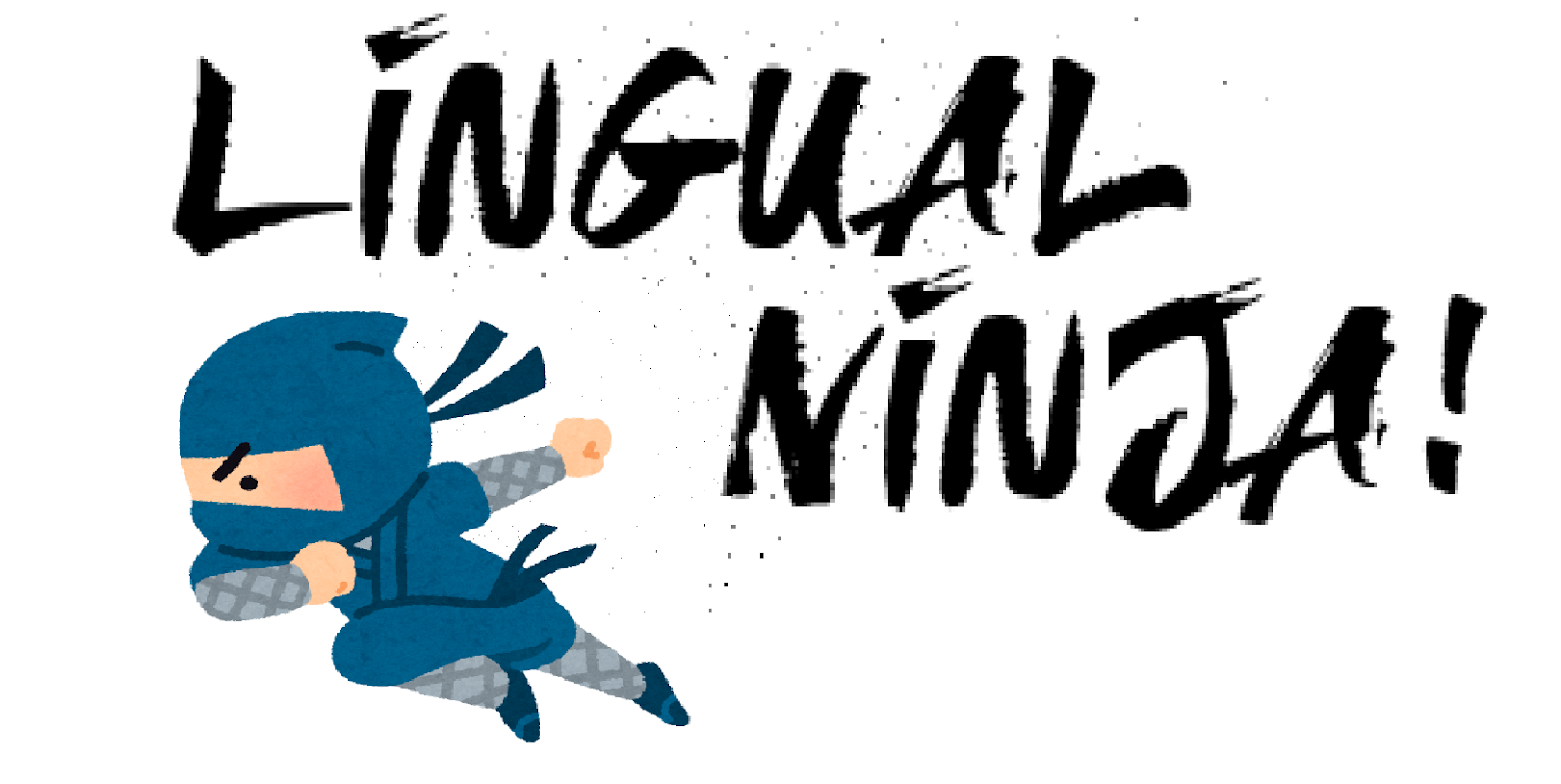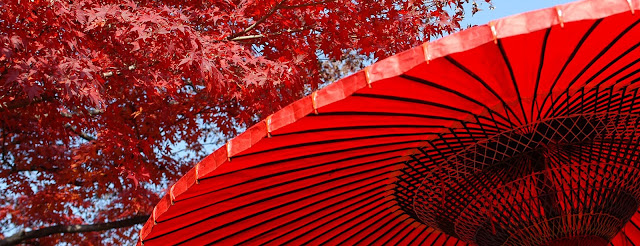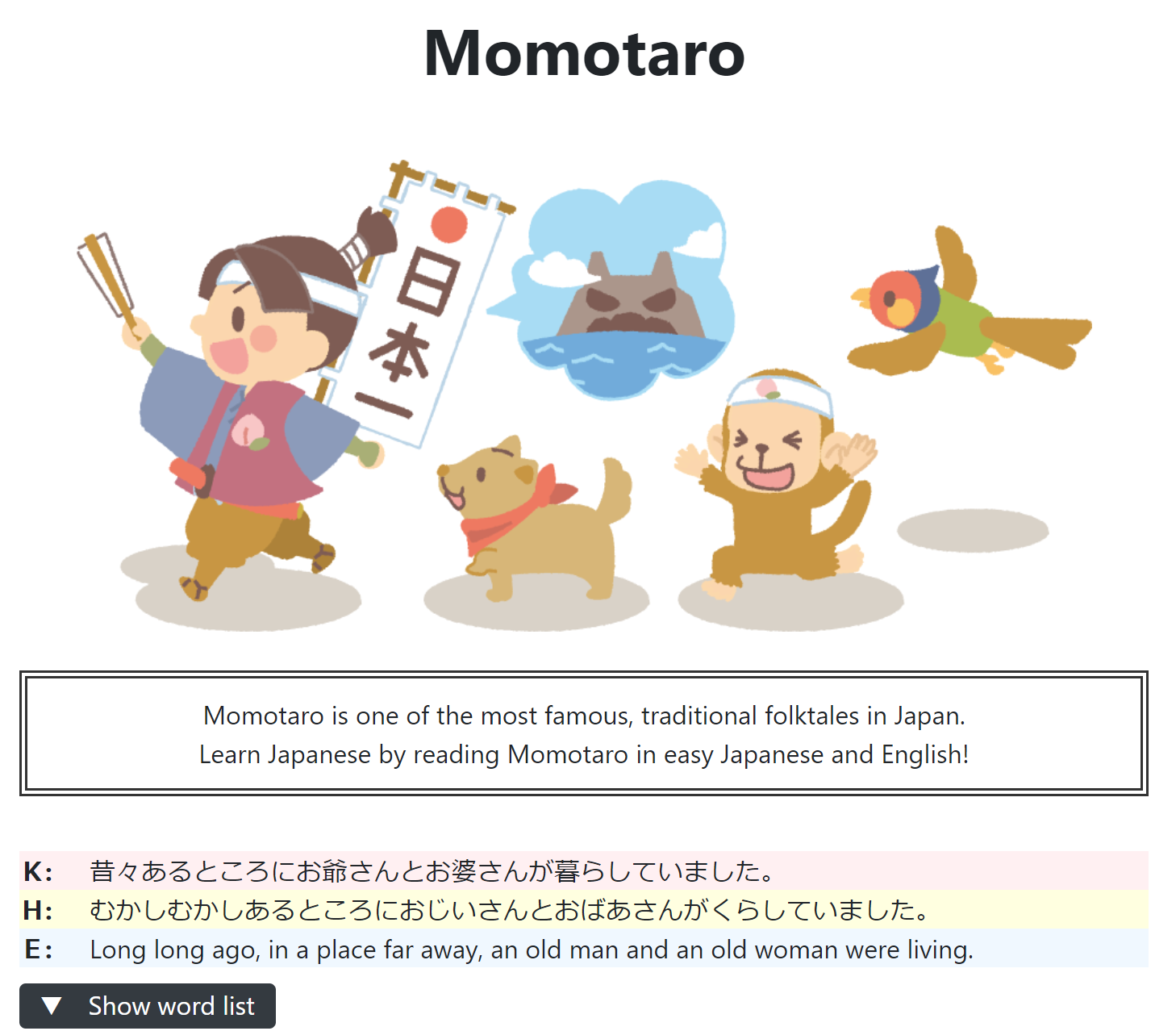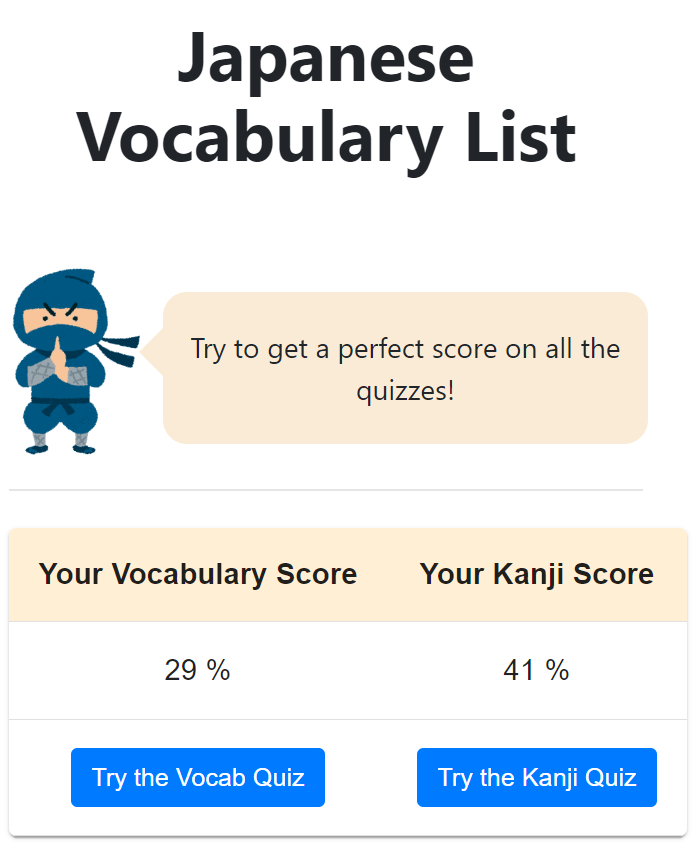In this article, let's learn about the Japanese word, "きれい(kirei)"!
The word "きれい(kirei)" has two meanings.
Also, let's check about the part of speech of "きれい(kirei)", "na-adjective" in this article.
Below is the index of this article!
1. Kirei - clean or beautiful
When you see this picture, what do you think?
I found this paper in a Japanese restroom.
At first, I thought there was no problem.
But after consideration, I realized what the writer wanted to say was different.
He/she wanted to say:
"Please keep the restroom clean."
Why did it happen?
It was caused by the Japanese word, "きれい(kirei)"...
Please check the table for "きれい(kirei)" below!
| Hiragana | Romaji | English | Kanji |
|---|---|---|---|
| きれい(だ) | ki re i (da) | beautiful, clean | 綺麗(だ) |
If you still don't remember all Hiragana characters, please check these:
If you want to test your memory of Hiragana, please use this:
If you don't know what Romaji is, please check this:
As we can see from the table above, "きれい(kirei)" has two meanings, Beautiful and Clean.
That's why the paper in the restroom said "beautiful" instead of "clean".
In Japanese, both "beautiful" and "clean" are just "きれい(kirei)".
The Japanese part of the paper says:
"トイレはきれいにつかってください。"
トイレ: restroom
つかって: use
ください: please
When this sentence was translated into English, the "きれい(kirei)" was translated into "beautiful" instead of "clean".
Japanese people, including me, need to be careful when we translate "きれい(kirei)"!
For you, please remember that "きれい(kirei)" has two meanings, Beautiful and Clean!
You need to choose which meaning the "きれい(kirei)" has, depending on the context of the sentence.
Let's check examples to get used to it!
Examples:
1. あなたは とても きれい です。
a na ta wa to te mo ki re i de su
Meaning: "You are so beautiful."
あなた: you
とても: so
きれい: beautiful
If you don't know "は" and "です", please check this:
です(desu) >>
Probably, this "きれい(kirei)" means "beautiful" because it is explaining about a person.
2. わたしは なつに きれいな はなびを みました。
wa ta shi wa na tsu ni ki re i na ha na bi wo mi ma shi ta
Meaning: "I watched beautiful fireworks in the summer."
なつに: in the summer
きれいな: beautiful
はなび: fireworks
みました: watched
If you don't know "わたし", please check this:
わたし(watashi) >>
If you don't know the particle "は", please check this:
Particle は(wa) >>
If you don't know the particle "を", please check this:
Particle を(wo) >>
If you want to know about Japanese summer, please check this:
Summer in Japan >>
In this case, "beautiful" is better than "clean" because clean fireworks sound strange.
3. わたしの へやは とても きれいです。
wa ta shi no he ya wa to te mo ki re i de su
Meaning: "My room is very clean."
わたしの: my
へや: room
とても: very
きれい: clean
If you don't know "わたしの", please check these:
わたし (watashi) >>
Particle の(no) >>
In this case, both "clean" and "beautiful" are possible.
Please judge it depending on the context of the conversation.
4. きれいな トイレ
ki re i na to i re
Meaning: "a clean restroom"
きれいな: clean
トイレ: restroom
If you don't know why Katakana is used for "トイレ", please check this:
Katakana >>
Probably, "clean" is more suitable in this case.
However, "beautiful" is still possible, too.
Please choose depending on the context.
Please just remember that "きれい(kirei)" has two meanings, "beautiful" and "clean"!
2. Extra info (na-adjective and i-adjective)
Let's check the part of speech of "きれい(kirei)" here, just in case.
However, it is kind of complex, and it is still not so important now.
So I would like readers, only who are interested in it, to read this topic.
In the past articles, we learned some adjectives:
Hot and Cold >>
Tall and Short >>
Fast and Slow >>
Light and Dark >>
In those articles, I said:
In most cases, words where the last character is "い(i)" are adjectives.
So is "きれい(kirei)" also an adjective?
Actually, "きれい(kirei)" is a little bit different from normal adjectives.
It is called "na-adjective", or "adjective verb".
What we studied until now are "adjectives", or "i-adjectives".
I am sorry they are confusing because there are several ways to call them.
In this article, let's just call them "na-adjective" and "i-adjective".
"i-adjective" is the authentic adjective of Japanese.
However, you can think "na-adjective" is also one kind of these adjectives.
I will explain what their difference is.
If you are interested in it, please check below.
At first, let's check how to use "i-adjective".
As we studied in the previous article, a "cheerful person" is "あかるいひと(akarui hito)" in Japanese.
あかるい(akarui) for personality >>
In this phrase, "あかるい(akarui)" means "cheerful", and it explains about the noun right after it.
"ひと(hito)" means a "person".
So "あかるいひと(akarui hito)" means a "cheerful person".
Like this, "あかるい(akarui)" can be put in front of a noun.
Also, as we studied in the past article, a "tall person" is "せがたかいひと(segatakai hito)" in Japanese.
Tall in Japanese >>
"せがたかい(segatakai)" means "tall", and it explains about "ひと(hito)" right after it.
Like this, "せがたかい(segatakai)" can also be put in front of a noun.
So what if we use "きれい(kirei)" just like that?
It is...
"きれいひと"
kirei hito
Does it mean a "beautiful person"?
If you have already gotten used to listening to Japanese, maybe you feel strange about this.
Actually, "きれいひと(kirei hito)" is grammatically wrong.
If we want to say "beautiful person" in Japanese, we need to say:
"きれいなひと"
ki re i na hi to
Please be careful about "な(na)" right after "きれい(kirei)".
This is the reason why "きれい" is called "na-adjective".
It is very complex and difficult to remember all inflections of Japanese words.
So for now, please remember the two points below:
1. Regarding "na-adjective", when you put it in front of a noun, you need to put "な(na)" right after the "na-adjective".
Example:
"きれいなひと"
ki re i na hi to
2. Regarding "i-adjective", when you put it in front of a noun, you can put it as is.
The character in front of the noun is "い(i)" because it is the final character of i-adjectives.
Examples:
"あかるいひと"
a ka ru i hi to
"せがたかいひと"
se ga ta ka i hi to
However, you don't need to care about these differences so much now.
By the way, when you use "desu", you don't need to care about their difference.
Examples:
i-adjective:
"あなたはあかるいです。"
a na ta wa a ka ru i de su
Meaning: "You are cheerful."
na-adjective:
"あなたはきれいです。"
a na ta wa ki re i de su
Meaning: "You are beautiful."
Please just remember that "な(na)" is necessary when you put na-adjective in front of a noun!
3. Conclusion
Kirei has two meanings!
Please remember the table below:
| Hiragana | Romaji | English |
|---|---|---|
| きれい(だ) | ki re i (da) | beautiful, clean |
"きれい(kirei)" is a na-adjective!
So please put "な(na)" when you put "きれい(kirei)" in front of a noun, like:
"きれいなひと(kireina hito)"
I hope this article helps you to study Japanese!
Please enjoy studying Japanese!
Related articles:
Japlish - Eat a Pee Man!? >>
Yoisho - Japanese Interjections >>
Light and Dark in Japanese >>
Hot and Cold in Japanese >>
Fast and Slow in Japanese >>
Tall and Short in Japanese >>
11 ways to say delicious >>
4 seasons of Japan >>
Japlish - Eat a Pee Man!? >>
Yoisho - Japanese Interjections >>
Light and Dark in Japanese >>
Hot and Cold in Japanese >>
Fast and Slow in Japanese >>
Tall and Short in Japanese >>
11 ways to say delicious >>
4 seasons of Japan >>


























This information is so interesting and useful. Domo Arigatogozaimasu.
ReplyDeleteThe same goes to notices in China which could turn out very hilarious and silly due to direct translation.
Oh, it's not only Japan!
DeleteMaybe, we should study English to prevet that.lol
Thank you for reading!
Arigato gozaimasu!
I still learning japanese and this was really helpfull! Arigatogozaimasu!
ReplyDeleteThank you for reading my article!(^^)
DeleteI am glad if this article helps you!
Dou itashi mashite!